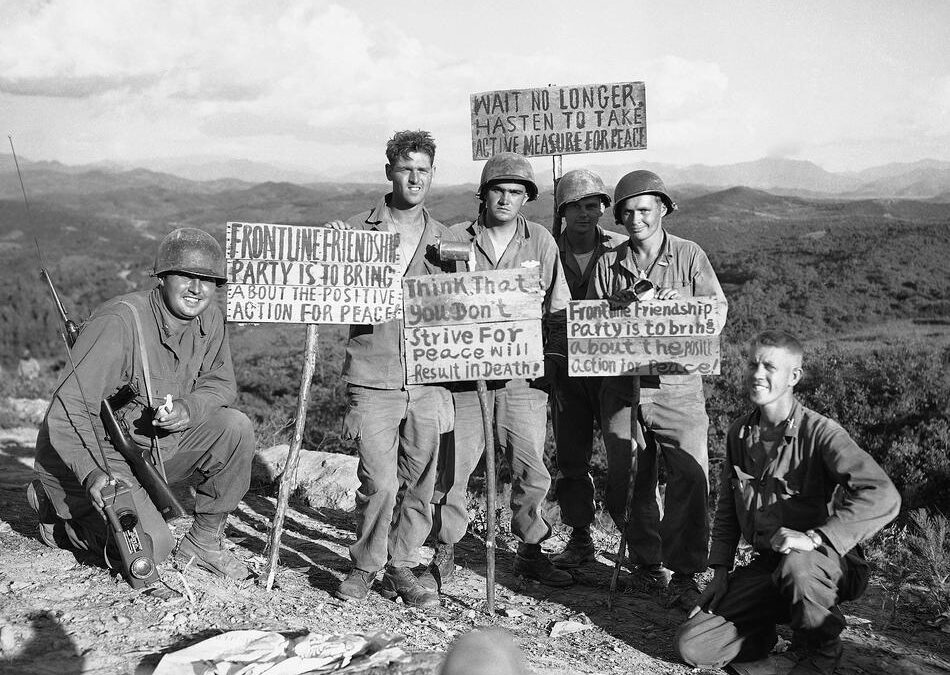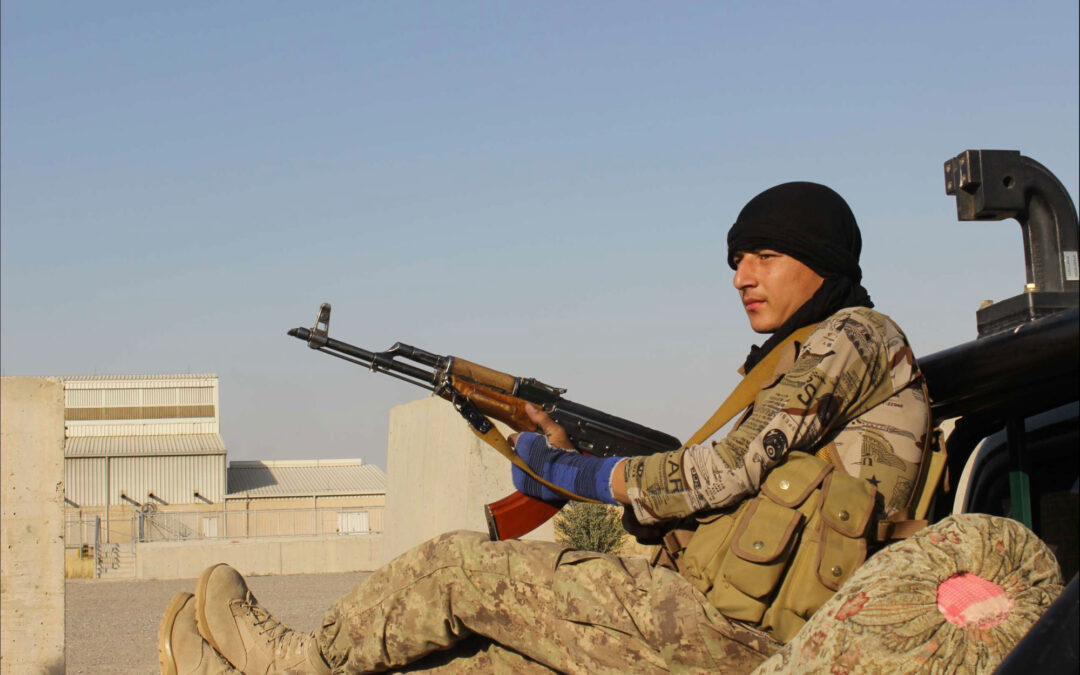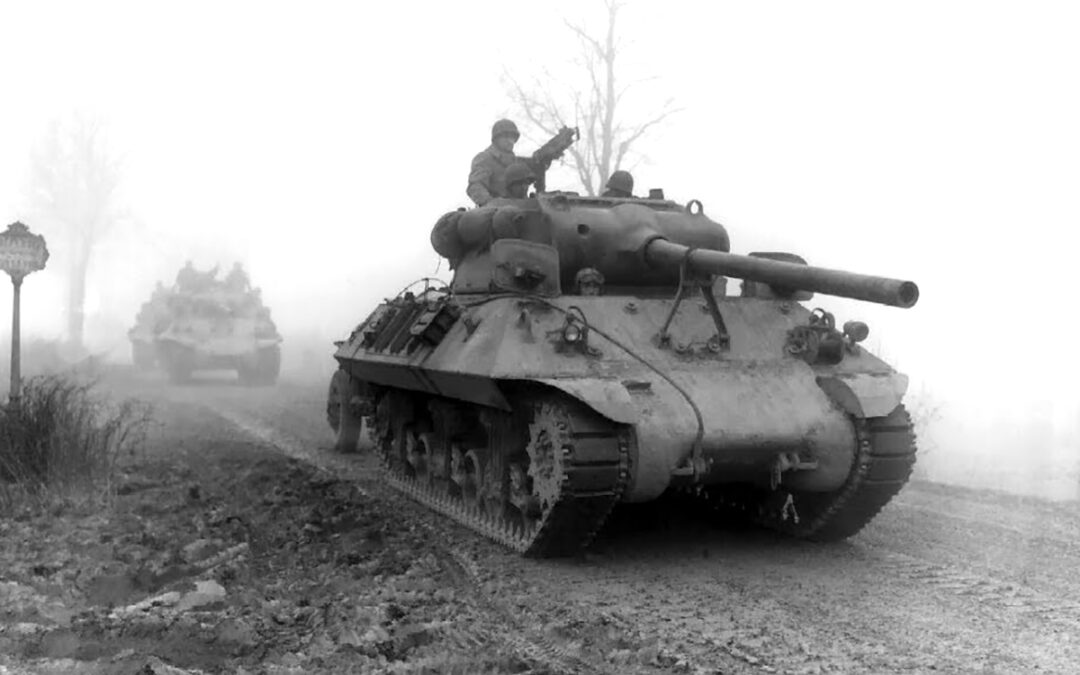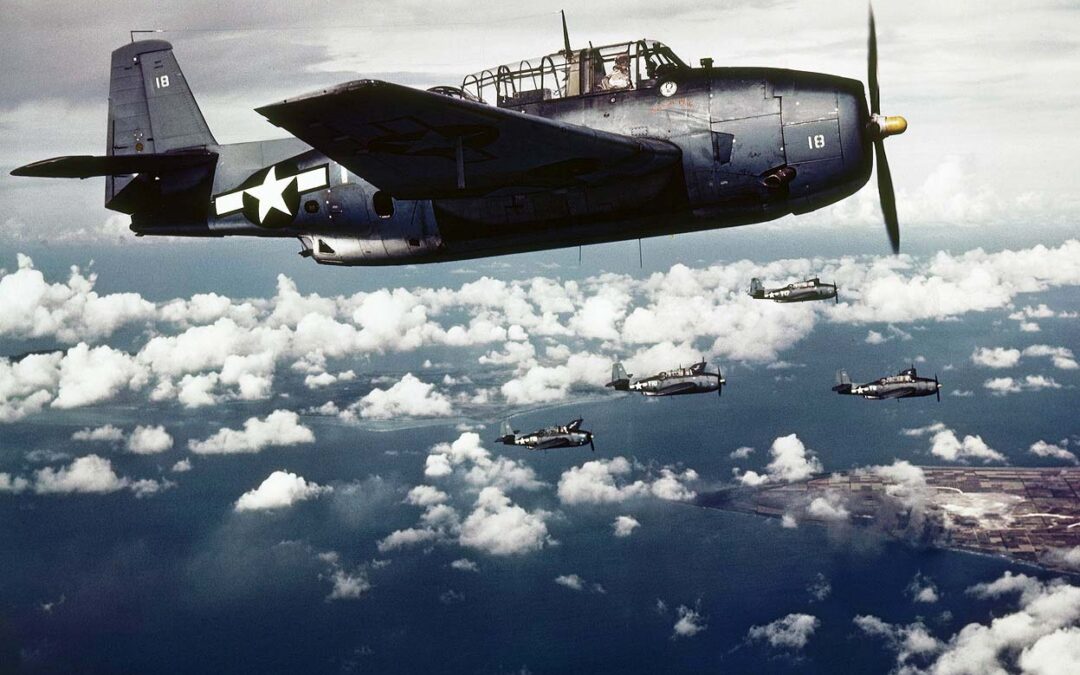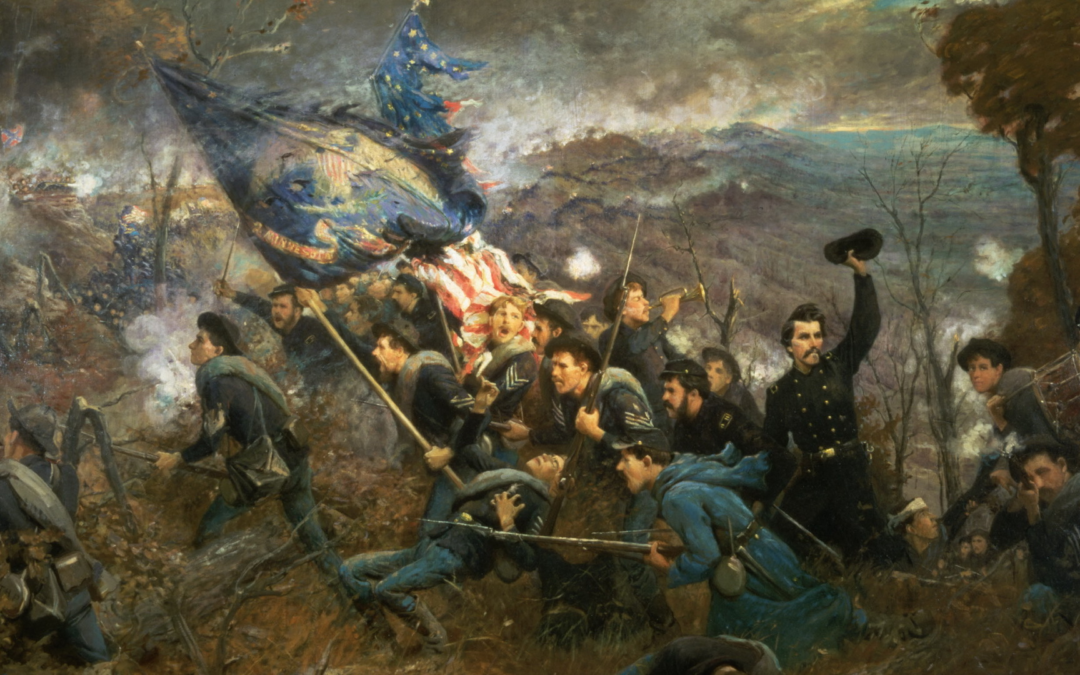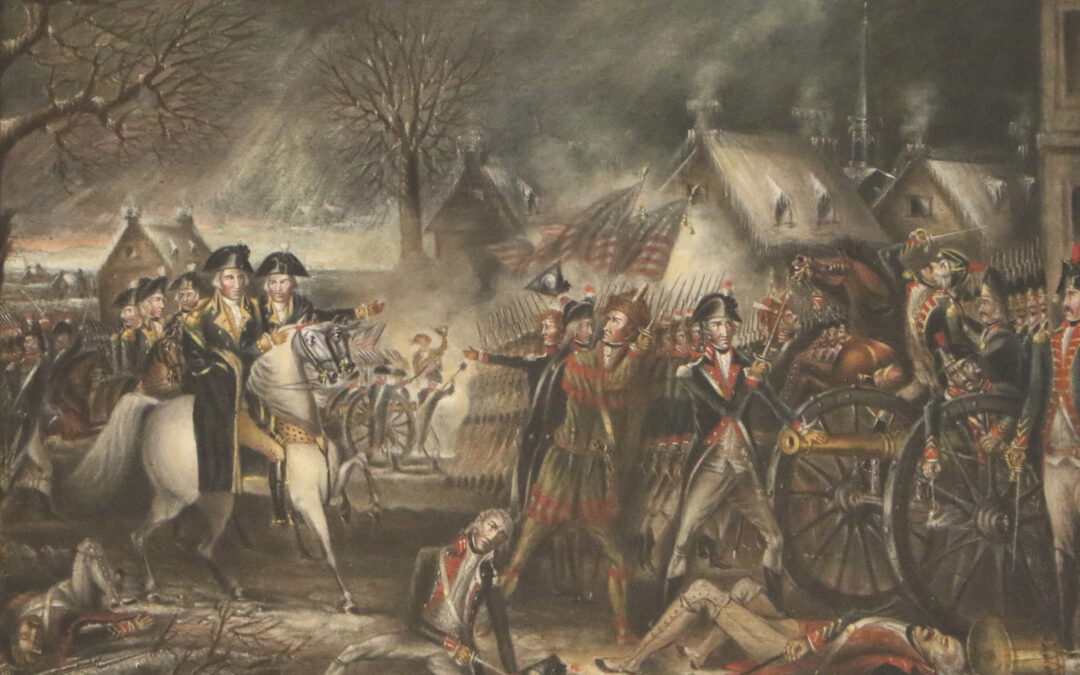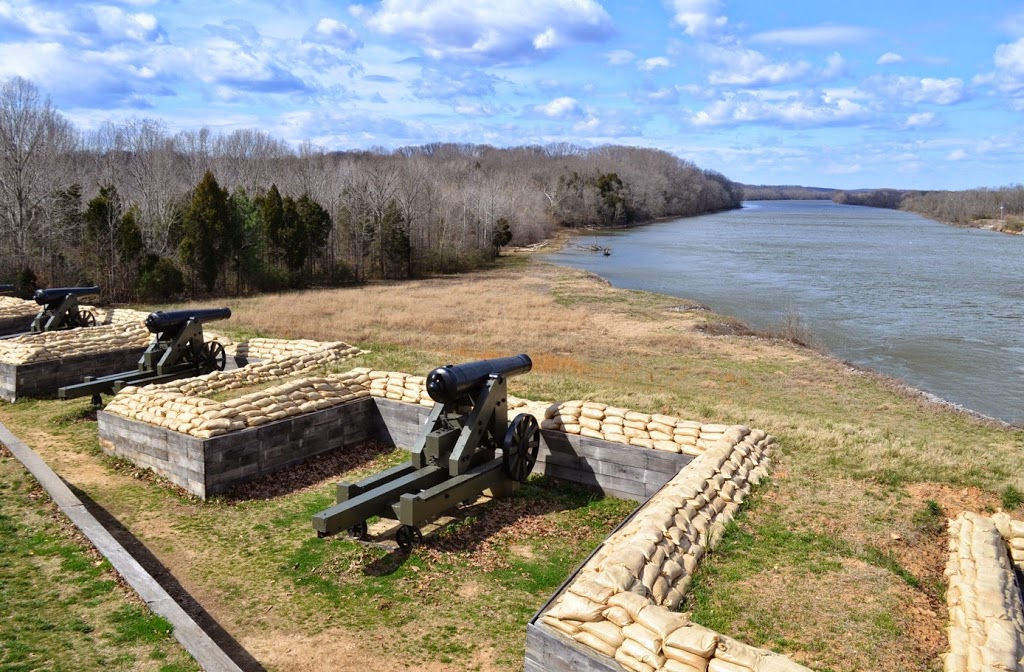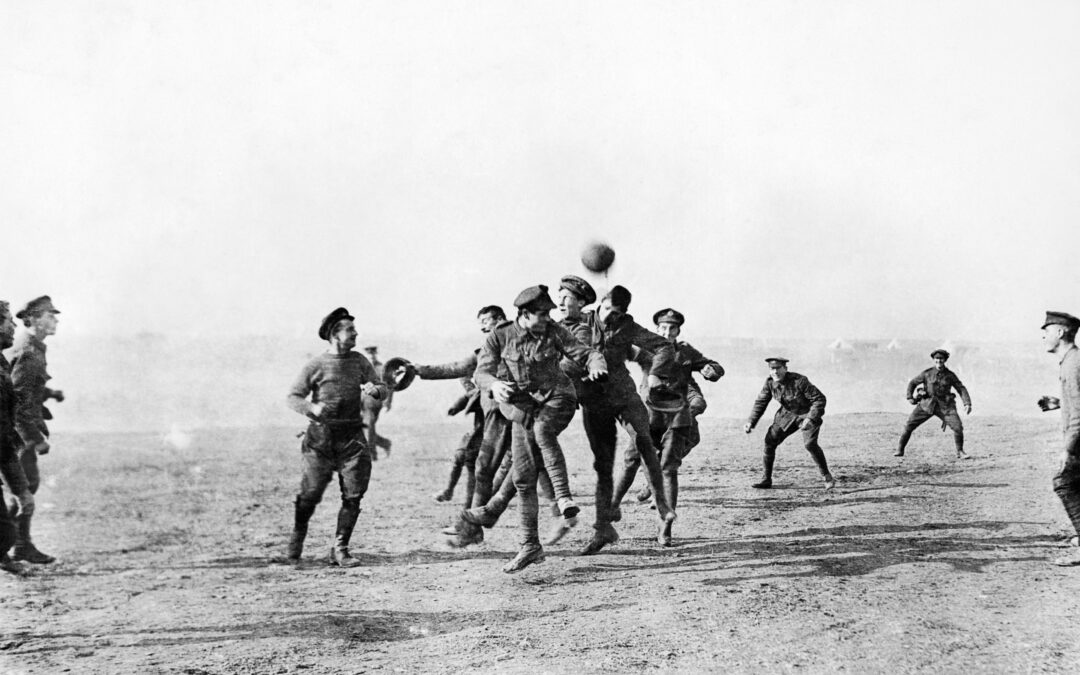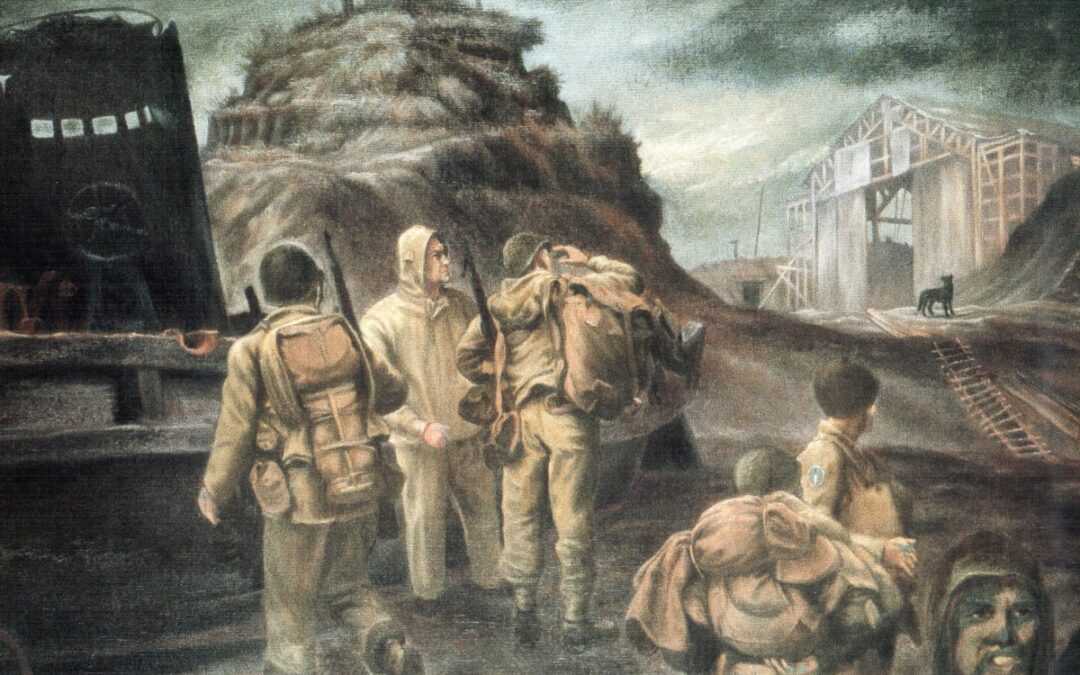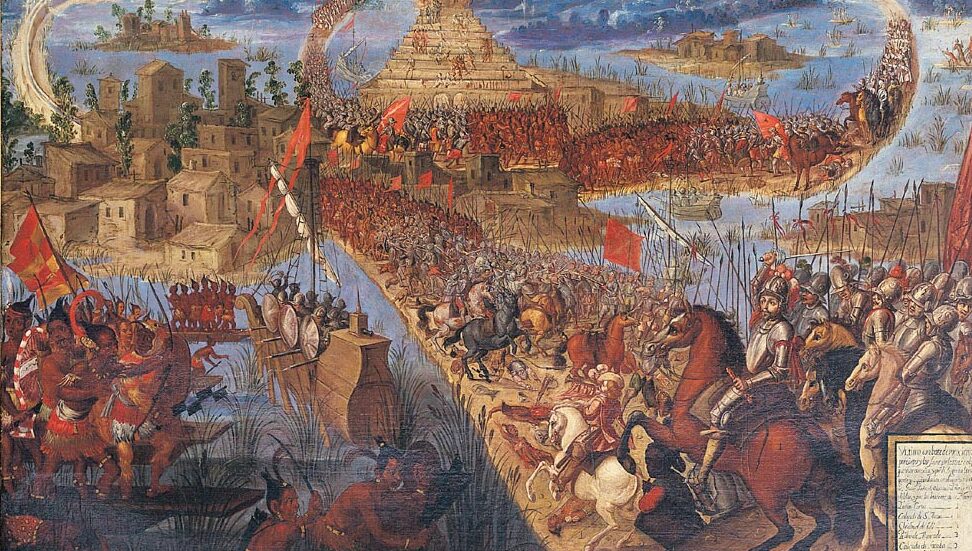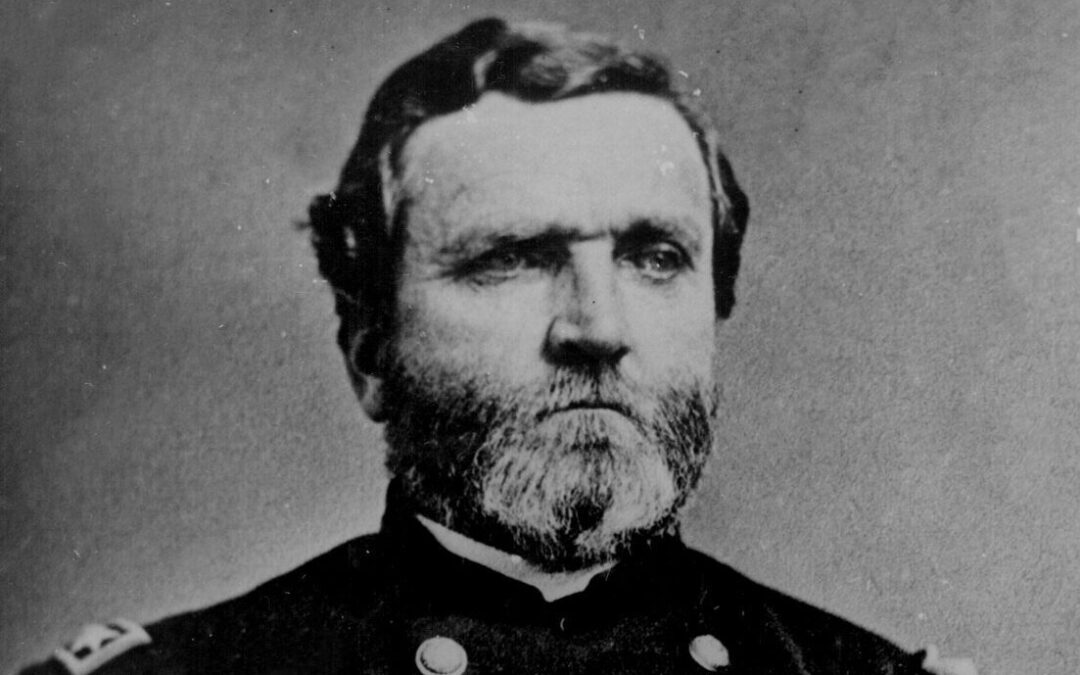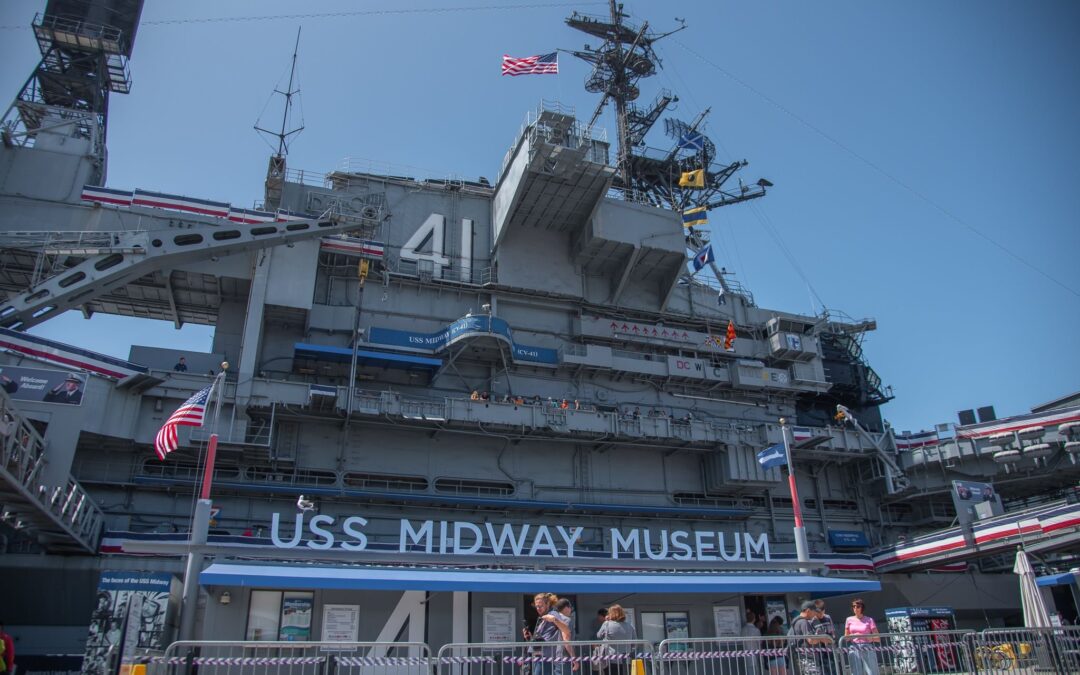By the summer of 1951, the Korean War had reached a stalemate as peace negotiations began at Kaesong. The opposing armies faced each other across a line which ran with many twists and turns along the way from east to west, through the middle of the Korean peninsula, a few miles north of the 38th parallel. UN and communist forces jockeyed for position along this line, clashing in several relatively small but intense and bloody battles. The First Bloody Ground Battle One bloody ground battle took place from August 18 to September 5, 1951. It began as an attempt by UN forces to seize a ridge of hills which they believed were being used as observation posts to call in artillery fire on a UN supply road. It was a joint operation conducted by South Korean and the U.S. Army's 2nd Division. Their mission was to seize a ridge of hills used by the North Koreans as observation posts to call in artillery fire on a UN supply road. Leading the initial attacks was the 36th ROK Regiment. It...
